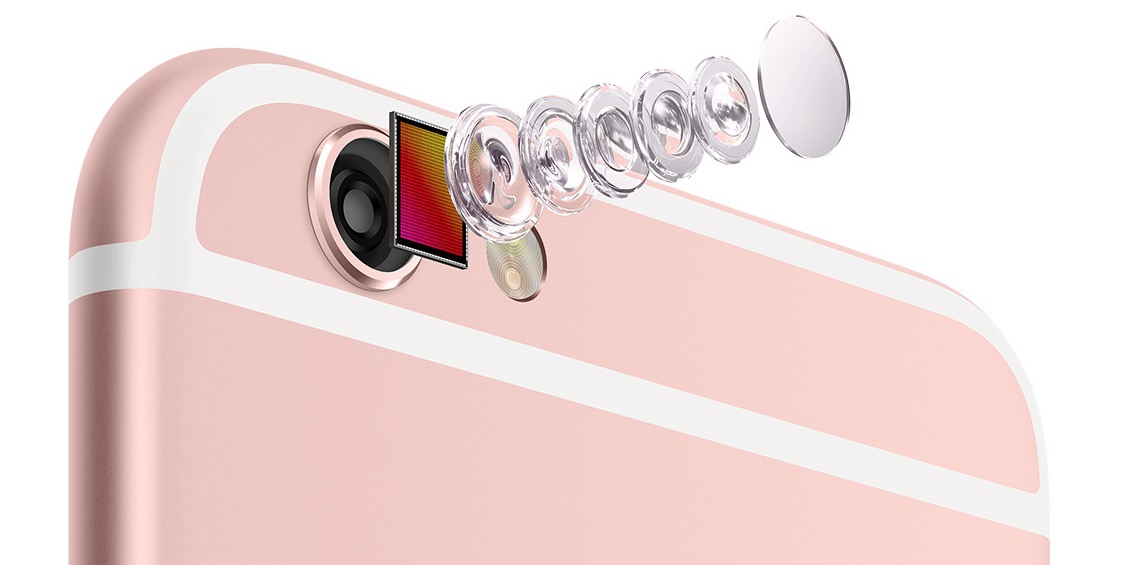
- #How to edit an existing movie in imovie 10.1.2 archive#
- #How to edit an existing movie in imovie 10.1.2 full#
- #How to edit an existing movie in imovie 10.1.2 mac#
I’ll discuss this procedure soon.Īs I’ve mentioned, iMovie can additionally capture video live from a compatible camera attached to your Mac. Then use iMovie’s Import command to bring the clip into iMovie. If that doesn’t work, extract the media card, insert it into a media card reader (the SD slot on your MacBook, for example), and copy the file to your Mac. You may be able to do so via a cable connection. In such cases you need to mount your camera’s media on the Mac. For example, if your older point-and-shoot captures in the AVI format, iMovie won’t touch it. Sometimes a direct connection works-you attach the device to your Mac, and iMovie’s Import window appears. With point-and-shoot camcorders and older pocket camcorders, importing video can happen in one of a couple of ways. Click Import, and iMovie will do so, generate thumbnails, and place the clips within the selected event. You’ll see the same sheet I mentioned, with the same options. Select those that you want to import, and click the appropriate Import button.
#How to edit an existing movie in imovie 10.1.2 mac#
Just as with the process I’ve described, when you physically connect your iPhone, iPad, or iPod touch to your Mac with iMovie open, the Import window opens and displays any clips the device holds. If you’ve never attempted to import an iOS device’s video footage into iMovie, you’ll be pleased to know that the procedure works exactly as if you had attached a digital camcorder. And if you’d like to see larger thumbnails in the clips viewer, just move the zoom slider that appears in the bottom-right corner of the window.
#How to edit an existing movie in imovie 10.1.2 archive#
To safely disconnect your camera, click the Eject button that appears to the right of the Archive All command.
#How to edit an existing movie in imovie 10.1.2 full#
This feature is useful when your camcorder’s storage media gets full and you’d like to clear it without losing any of the footage you’ve captured. After clicking this command and choosing a destination for your backup, you click Create to have all the data on your camcorder copied to your Mac. I’ll deal with this feature shortly.Īlso available in this window is an Archive All command, which offers a way to back up the contents of your camcorder. It does so because iMovie allows you to capture live footage from a compatible connected camera. This option may seem odd given that you have just the single camcorder jacked into your Mac, but if you click this menu you’ll find that your Mac’s built-in camera appears in the list as well. The Camera pop-up menu allows you to choose a camera source.


If you have an analog camcorder-a model that uses tape-you’ll use these controls to fast-forward and rewind through your tape.Īt the very bottom of the window are a couple of other controls. With a digital camcorder these controls provide one way to move between clips. This is where the currently selected clip appears.īelow that area are the play controls, featuring Back, Play/Pause, and Forward buttons when iMovie is connected to a digital camcorder and Rewind, Play/Pause, and Fast-Forward buttons when you’re using a tape-based camcorder. The top half consists of a preview window. That Import window contains a few elements you should become familiar with. When I do that, up pops the Import window. For example, with my Sony HD camcorder I must enable its USB Connect mode. With some other camcorders you may have to initiate the process by switching on some variety of connection mode. In some cases, when you make the connection and switch on the camcorder’s power, iMovie will automatically open an Import window. Older tape-based camcorders use a FireWire connection whereas newer ones typically use USB. To pull footage from your camcorder, you need to connect it physically to your Mac.


 0 kommentar(er)
0 kommentar(er)
